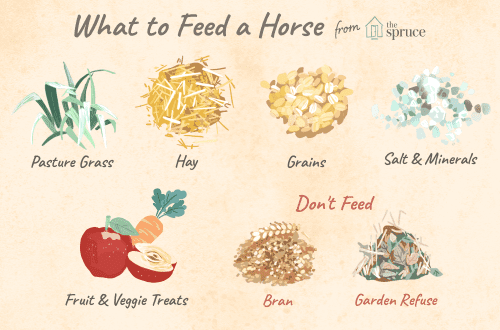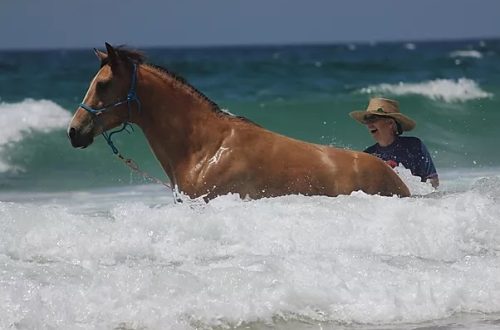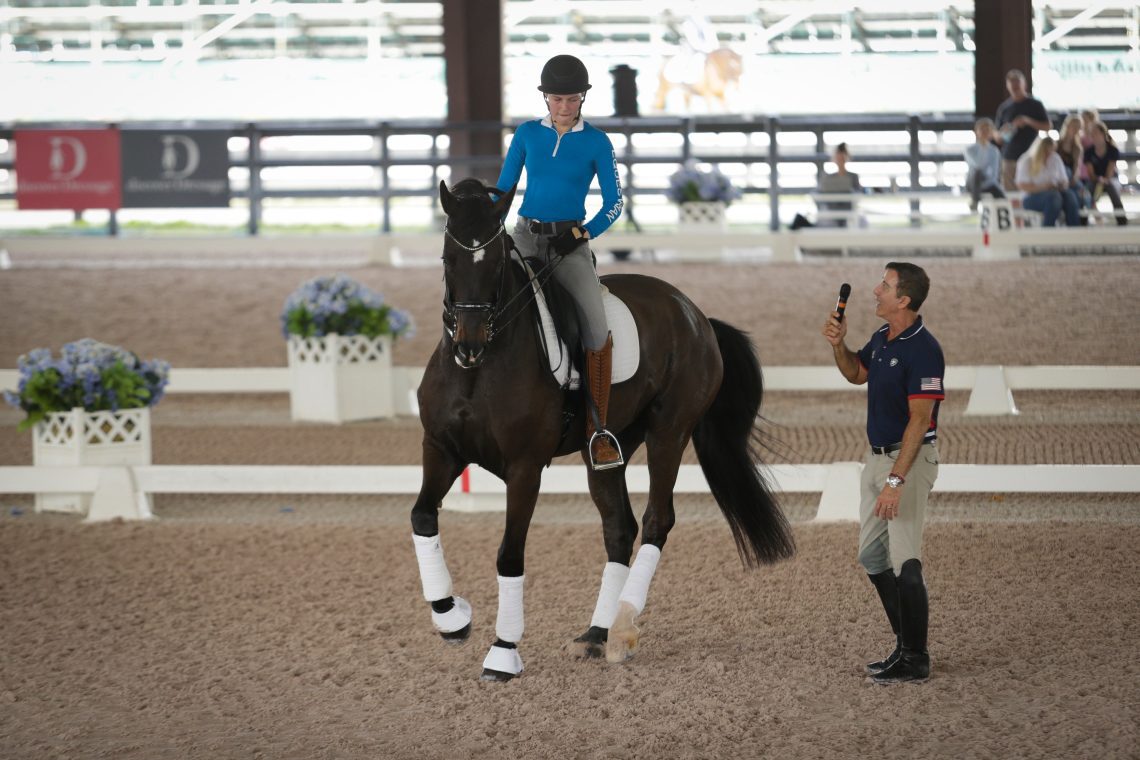
10 tips from Robert Dover that will change the way you look at horseback riding
The equestrian world of the United States of America differs from other countries in the abundance of equestrian events: national competitions, master classes, open lessons. 2019 in the USA began not only with the international competitions in Wellington, which ended on January 13, but also with a master class by a famous rider and trainer, Robert Dover, held from 3 to 6 January.
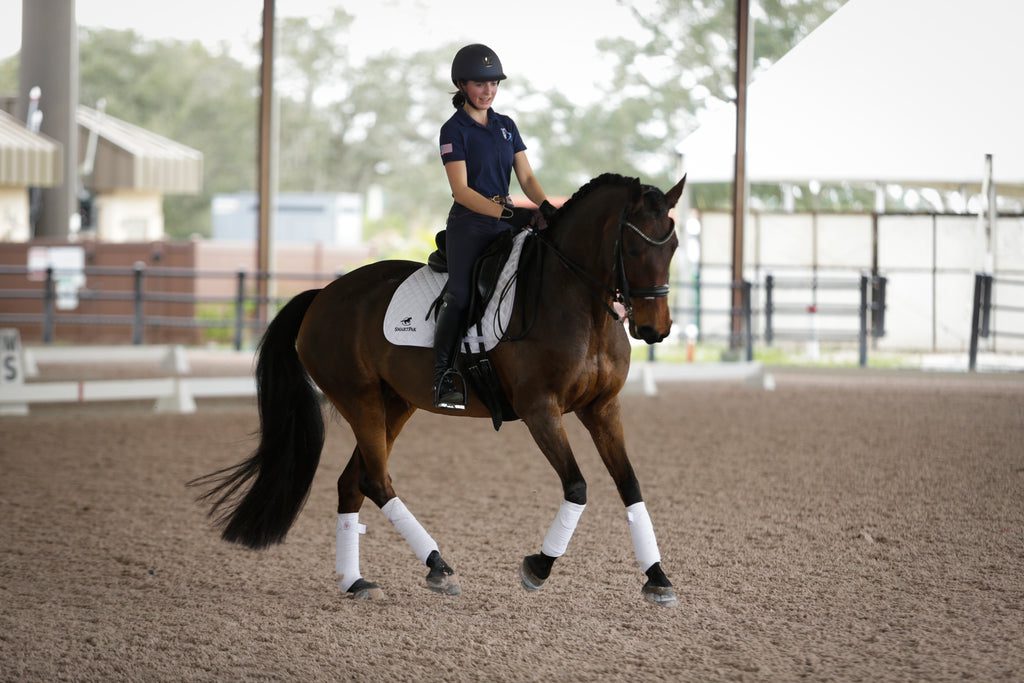
Photo Shoot: Noelle Floyd
The author of the equestrian portal noellefloyd.com named Lizzy Youngling attended Robert’s master class and wrote an interesting article in which she highlighted the most important topics covered by Dover.
Lizzie does not do dressage and had never been to such events before, however, 3 hour workshop by Robert Dover greatly inspired her. “I was ready to change into riding clothes, grab a show jumping saddle (Santa forgot to give me a dressage one this year) and get into dressage to become the next Charlotte Dujardin or Laura Graves!” Yangling shared.
The master class was attended by riders in the category U25 (the next category after juniors, in which athletes up to 25 years old can compete) and budding dressage. For three days, the participants trained intensively with Robert, working on their weaknesses and improving their strengths. At the end of the third day, couples had to pass an examto fix the result.
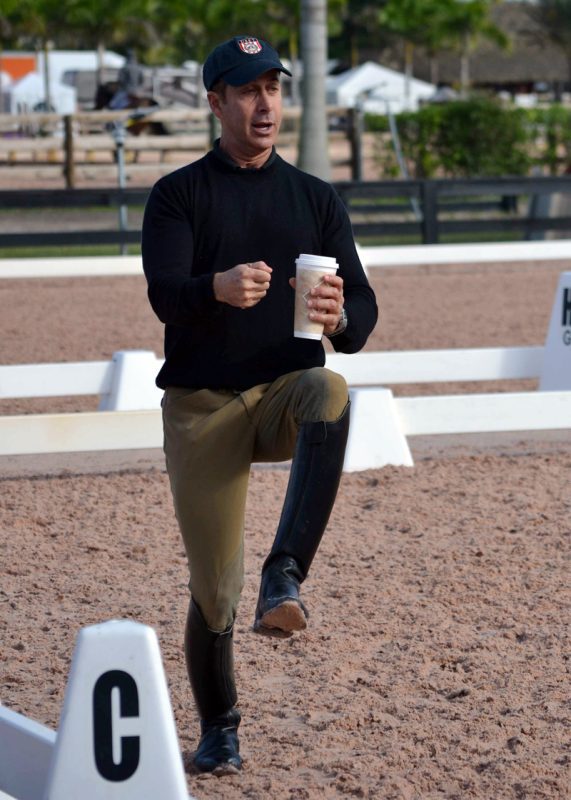
Фото: The Chronicle of the Horse
“The few hours I spent at the workshop were definitely worth it! I have tried to write down Robert Dover’s most important tips to improve everyone’s training, whether you’re into show jumping or dressage. Listen to his words, it’s not for nothing that he is a four-time Olympic champion! Lizzy added.
10 tips from Robert Dover:
1. Avoid dirty work.
«We work with animals, don’t we? They can get dirty, and, unfortunately, they don’t know how to clean up after themselves,” said Robert. Before the start of the seminar, there was a stray pile of manure in the center of the arena, which bothered Robert. Instead of asking someone to remove it, he did it himself. A trifle, but important.

Photo: RED.
2. Follow the four basics of dressage.
Robert talked about the four basics of dressage that many people forget about: 1) rhythm 2) tempo 3) frame 4) step length.“Does it sound easy? You must be aware of each of these points and be able to put them into practice.
3. Everything is interconnected.
People living on Earth revolve together with the planet around the Sun – a large energy ball, a relationship is created between people, the Earth and the Sun. Dressage works on the same principle – it is a large energy cycle associated with every movement of the rider and horse. Robert explained: “It all comes back to the base – creating energy, holding it and directing it in the right direction in order to correctly execute the element.”
4. Confidence is the key to success.
One of the main distinguishing features of Charlotte Dujardin, Isabelle Werth and Laura Graves from other riders is their self-confidence. “If you are insecure in the saddle, you are not confident in yourself. Just sit down, straighten your shoulders, raise your chin and go to victory! Robert said.
5. The positive outweighs the negative.
“If you don’t talk to a horse, you don’t mean anything to him. We must communicate with them and educate them. Horses are very obedient, they are ready to get out of their skin if we ask them for something. Respect and understanding of your four-legged partner during training is extremely important, especially when it comes to learning new elements or doing good work in general.”
Photo from one of Robert’s workshops: ridingmagazine.com.
6. Promotion!
Horses love praise, so when you start learning new elements, don’t forget about rewards. You need to praise not only for a correctly performed new exercise, but also for the slightest glimpse during training. “Do you really think that a cute puppy will follow the command “sit” or “stand” just like that? No. Like a puppy, a horse deserves a sugar cube or other treat for a job well done.” Robert also explained, “The only reward you give a horse is the word ‘clever’ or a pat on the neck or a sugar cube. You can’t train a seal without fish.”
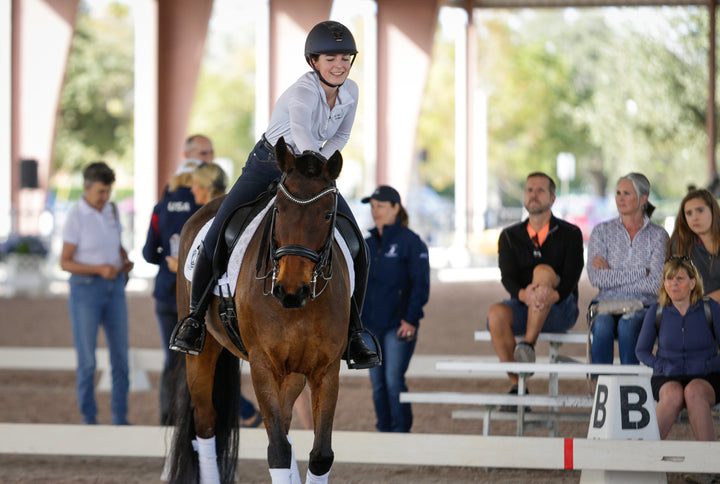
Photo Shoot: Noelle Floyd
7. Volt work.
Working the circle with what is known as the “band” exercise is simple and very effective, not only in Robert’s opinion, but also in the opinion of other dressage riders. “While riding the 20m you have a great opportunity to work on the quality of your gaits and transitions. I really enjoy making the transitions from extended to collected canter and from collected to extended trot. Just? Yes. Is it effective? Definitely,” said Robert.
8. Concentration.
Leaving the arena, it’s time to start working. Robert believes: “You need to listen to your horse and build on its condition. You should always stay in touch with the animal, no matter what, and work to the end, using all the possibilities of your body, mind and soul.
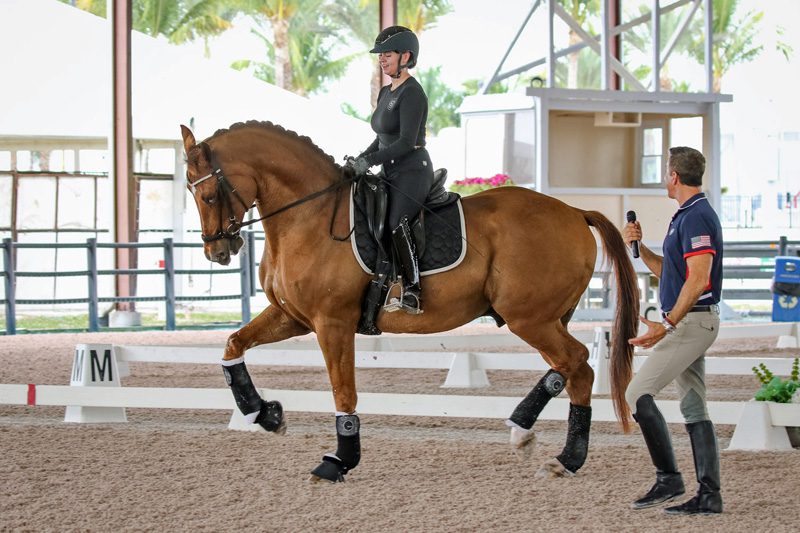
Photo: Flipboard
9. Be royally elegant.
“It is important to feel like a princess inside to become a dressage superstar. In any situation, you must remain calm and elegant. Instead of sticking the horse’s spurs in his flanks and tugging at his mouth, calm down and change tactics: gently begin to alternate the use of the controls until the horse responds to you. You won’t get faster responses to your commands if you keep your spurs on your sides all the time.”
10 Be brave.
It is worth applauding the young riders who participated in Robert’s master class: it is exciting, but they remained calm and behaved like professionals. Despite the fact that they did not manage to do everything right the first time, Robert always encouraged the athletes to make the best of their efforts. “Show me how brave you are! Can you do this! After all, we are not treating cancer or fighting world hunger, here we are just training on horseback!”
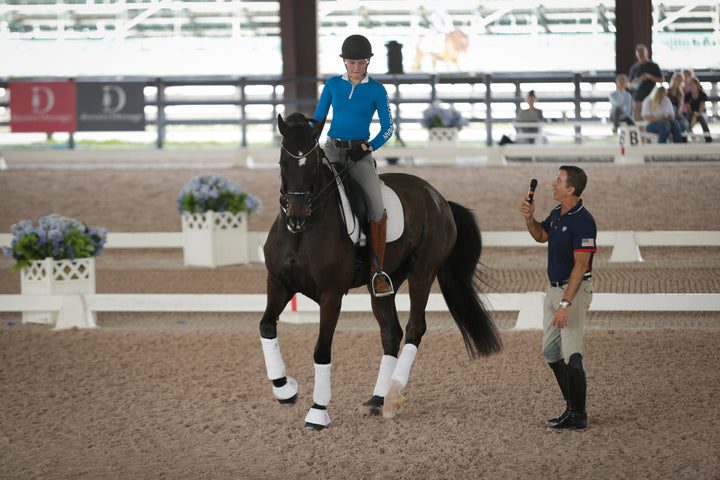
Photo Shoot: Noelle Floyd



